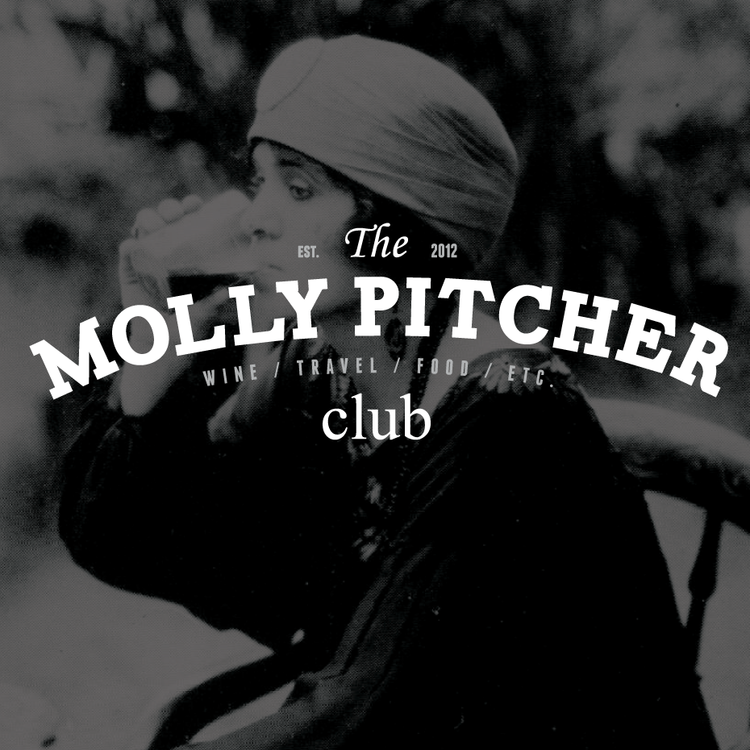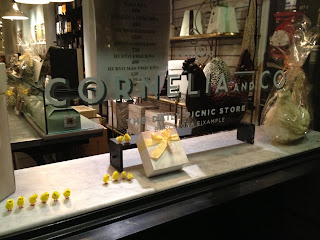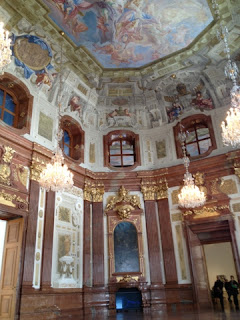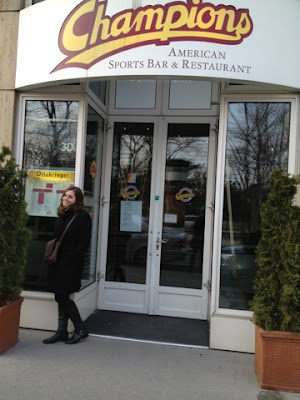Wine 101: Benchmark Wines
Now that the gifts have been opened, the in-laws are heading out of town and we have rung in 2014 - its time to get back to business. This post is geared towards those wine drinkers who are aiming to move on from beginner status. So if you want to get serious about wine - the key is to inform yourself on the classics. These classic style wines have long served as benchmarks for the traditional regions or styles of wine.
So what do I mean by benchmark wine? Check out these suggestions organized by old world vs. new world styles:
Old World Classics:
Generally, when looking for a wine standard most sommeliers suggest you turn to France. It make sense, France is the global wine powerhouse. They have been making wine for centuries and have implemented strict rules regarding winemaking. If you are looking for a benchmark regarding Pinot Noir, start with Burgundy. If you want to try a classic Merlot, look to Pomerol (technically within the Bordeaux region). If you would pass on red wines from Bordeaux and prefer the style of white wine, look to Loire Valley, for the best examples of classic Chenin Blanc or Sauvignon Blanc. Other regions to note include Rhone, Savoie, or Jura. And finally, Champagne is the classic benchmark for sparkling wine.
For the benchmark on Rieslings, you must go to Germany. There are many styles of Rieslings, but the classics come from Mosel, Rheingau, Pfalz, Rheinhessen. The Rieslings produced in Austria are also considered within the classic style, look there for classic Grüner Veltliner.
So you love reds but prefer to look to Italy, the classic regions include Piedmont, Tuscany, and Veneto. For more details on the specifics of these regions, check out our earlier post on Italian wine here. Similarly, the best Spanish include Rioja, Sherry and Albariño (Spanish white grape). Additionally, some sommeliers are on the fence about Bierzo or Priorat as representative of classic Spanish grapes.
New World Classics:
"New World" wines include wines made from countries outside the classic European winemaking countries. This includes the United States, South America, Australia, New Zealand, Canada and others. Look to New Zealand for classic Sauvignon Blancs with green pepper, grassy or spicy notes. As for reds, look to Australia for classic Shiraz, California's Napa Valley for classic Cabernet Sauvignon and Oregon for Pinot Noir.
Look forward to more features on these regions specifically in upcoming posts - Happy 2014!
Cheers!




























